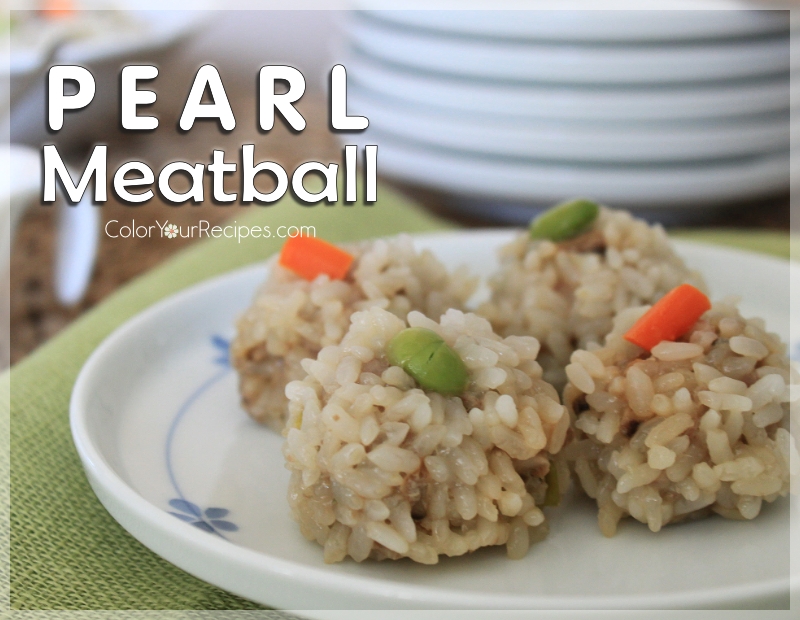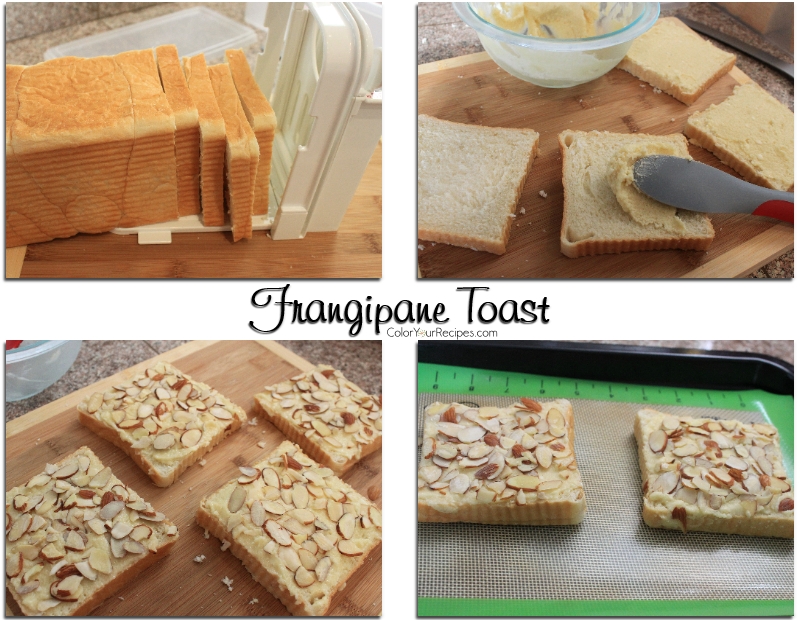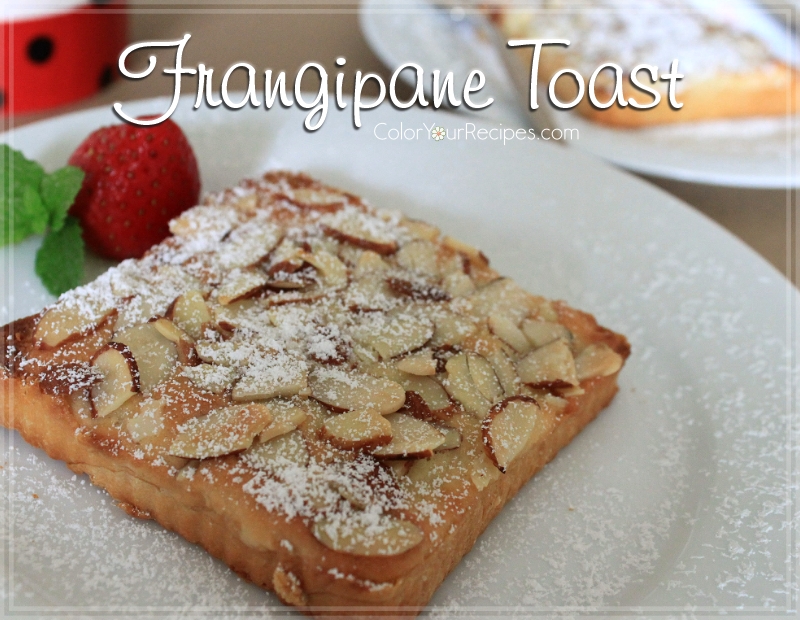Thai Red Rubies in Pandan Coconut Milk
It is Valentine’s Day…these rubies are not to wear, but are packed with great textures, from crunchy to chewy…
Have you ever tried these Thai red “rubies”? The first time I had these “gems” was in an Asian specialty drink store…and I just felt in love with it…they are actually small pieces of water chestnuts colored in red and coated with tapioca flour…resulting in crunchy and chewy texture…I know it is hard to imagine that these little gems carry so many textures.
Another great combination is pandan with coconut milk…pandan is very popular in Southeast Asia, often used in desserts and aromatized rice dishes. If you are not familiar with pandan, you should try, as pandan leaves have a very exotic fragrance. By the way, I was able to find from leaves in Asian grocery.
Honestly I was not very fond of adding red food coloring, therefore next time making these gems I will try to use beet juice…
Ingredients:
- ½ can coconut milk
- 2 to 3 pandan leaves or to taste
- 1 ½ to 2 tablespoons sugar
- Pinch salt
- 1 can of whole water chestnut, 8oz
- ½ teaspoon red food coloring
- ¼ cup water
- ½ cup tapioca flour
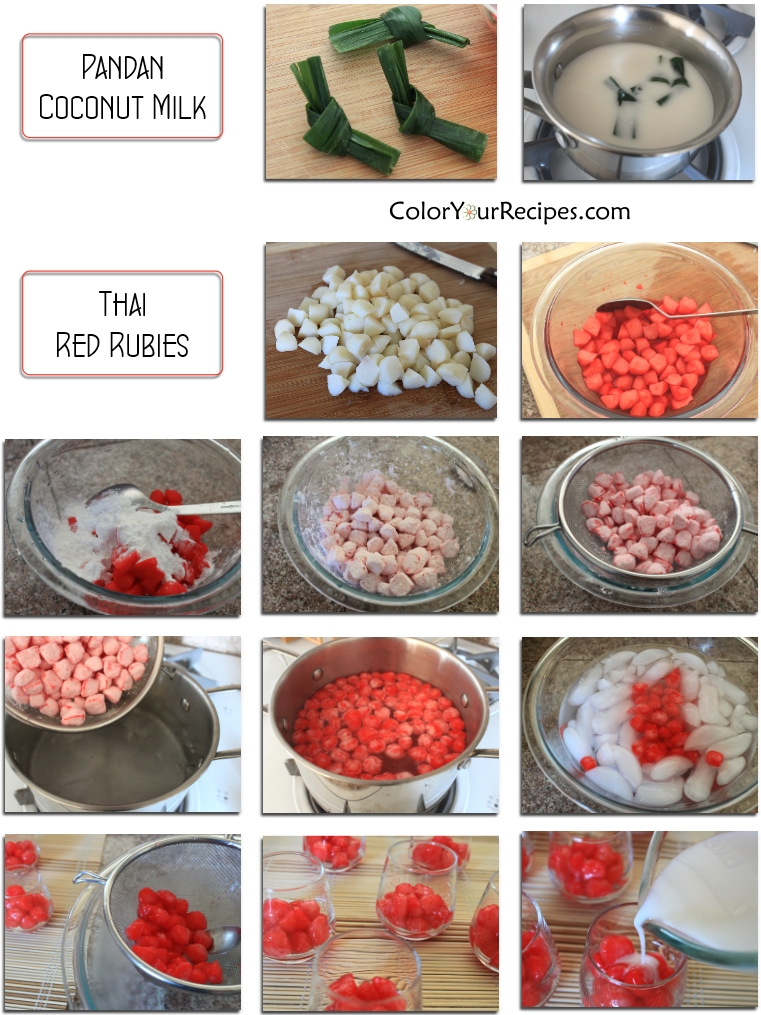
Method:
Pandan coconut milk
Place the coconut milk in a small pan, add salt and sugar. Heat under medium heat, when the milk is about to boil, turn the heat to simmer and add the pandan leaves, let it simmer for about 5 to 10 minutes.
Remove from the heat and let it cool, and place in the refrigerator to chill.
Red rubies
Drain the water chestnut and rinse. Cut them into small bite size pieces (about 6 pieces each chestnut).
In a small bowl add the red food coloring to the water and soak the water chestnuts for about 15 minutes.
Once the water chestnuts are colored, drain the colored red water.
Place the “rubies” in a bowl and toss the tapioca flour to coat, make sure that all the “rubies” are well coated with tapioca flour.
Remove the excess of tapioca flour by placing the coated “rubies” into a strainer.
In a medium pot, boil about 4 to 5 cups of water. When boiling, place the coated “rubies” in, and cook for a few minutes until they float. Scoop the “rubies” in a strainer and place them in ice water.
Assembly
Remove the “rubies” from the ice water and scoop the desired amount into small serving cups. Add the pandan coconut milk as you like and serve icy cold.
Note:If you like a thicker layer of chewy tapioca, spray water on the already coated “rubies” and coat them again with more tapioca flour…
I hope you enjoy this colorful and fun dessert inspired by Thai cuisine.
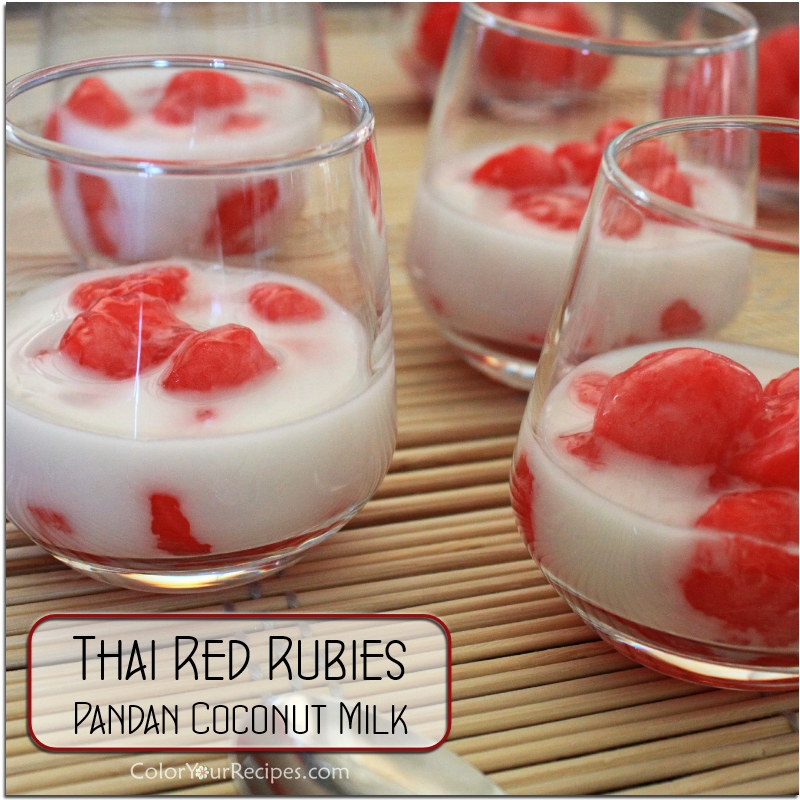
 Did you know that water chestnuts is not a nut? Water chestnuts are aquatic vegetables, meaning that they grow under the water in marshes. Water chestnuts are low in calories and rich in dietary fiber and have good amounts of vitamins and minerals.
Did you know that water chestnuts is not a nut? Water chestnuts are aquatic vegetables, meaning that they grow under the water in marshes. Water chestnuts are low in calories and rich in dietary fiber and have good amounts of vitamins and minerals.
![]()








 Did you know that onion and garlic chive belong to the same family? Garlic chive is widely used in Asian cuisine such as Chinese, Japanese, Korean, Thai and Vietnamese. Garlic chive is garlicky and juicy, often added in dumplings filling.
Did you know that onion and garlic chive belong to the same family? Garlic chive is widely used in Asian cuisine such as Chinese, Japanese, Korean, Thai and Vietnamese. Garlic chive is garlicky and juicy, often added in dumplings filling.



















